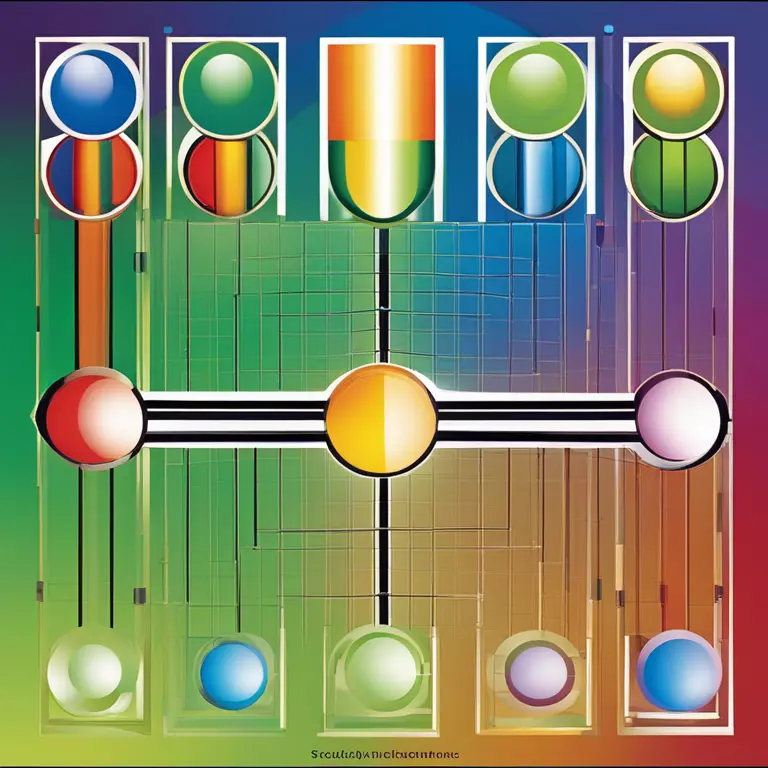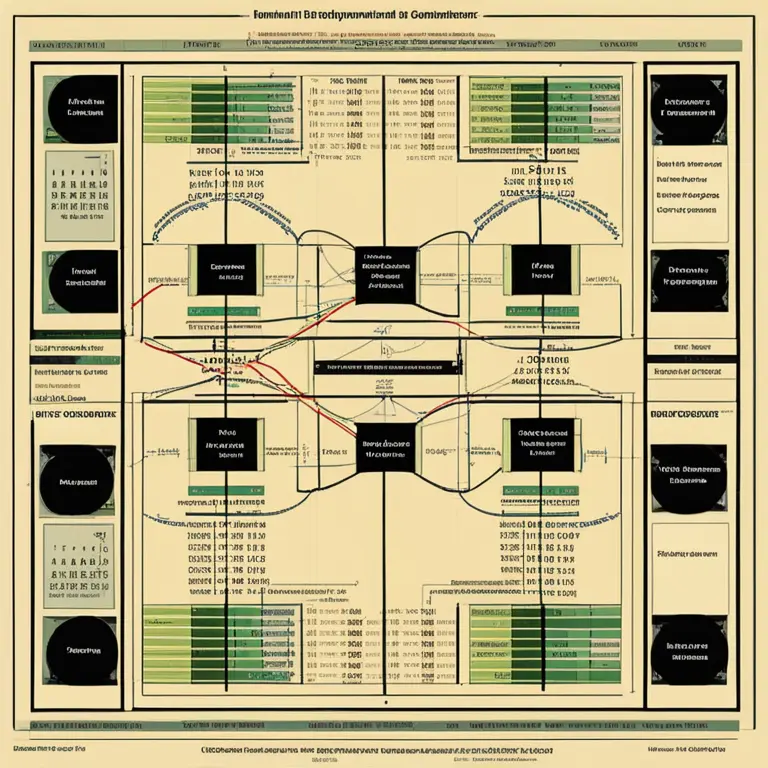
The Origins of Biorhythms: A Historical Perspective
Discover the historical roots of biorhythms, tracing the concept's development from its inception to modern interpretations and applications.
article by Adrian Wallace
A Brief Introduction to Biorhythms
Since the dawn of time, humans have searched for patterns in life to understand our own physiological and psychological rhythms. In its contemporary form, the concept of biorhythms dates back to the early 20th century and refers to the idea that human life is governed by natural, cyclical patterns. These intrinsic cycles are thought to affect our physical, emotional, and intellectual abilities. But where did the notion of biorhythms originate? And how has it evolved through the years to gain the attention of both enthusiasts and skeptics alike? The journey begins at the intersection of science and philosophy.

The Initial Theoretical Groundwork
The groundwork for the study of biorhythms is often attributed to Dr. Wilhelm Fliess, a German physician, who in the late 19th century proposed that human beings experience cyclic changes in vitality. His ideas were later expanded upon by another physician, Dr. Hermann Swoboda, and a psychologist, Dr. Alfred Teltscher. Independently, these two researchers observed recurring patterns in their patients and students and theorized that these rhythms could predict periods of high achievement or greater susceptibility to illness. This was the genesis of the theory known as biorhythms, connecting physiology with the calendar of human experiences.

Expanding the Biorhythmic Model
By the 1930s, the idea of biorhythms as cyclic patterns had begun to take a definitive shape, postulating the existence of three primary cycles: a 23-day physical cycle, a 28-day emotional cycle, and a 33-day intellectual cycle. These cycles purportedly start the moment we are born and oscillate between positive and negative phases throughout our lives. The physical cycle was said to influence our strength, stamina, and well-being; the emotional cycle our mood and creativity; and the intellectual cycle our analytical abilities and thought processes. Such a concept naturally captivated the public imagination, inspiring individuals to seek out patterns in their own lives.

Biorhythms in Modern Times
Fast forward to the digital era, and we find that biorhythms have been reinvigorated by technological progress. Software and mobile applications have been developed to calculate and predict individual biorhythms with ease, making the concept more accessible. As a result, biorhythm analysis has found a place in personal health and wellness regimes, on par with trends in mindfulness and holistic medicine. Still, despite its popularity in certain circles, biorhythms have remained a controversial topic, with critics pointing to a lack of scientific grounding and empirical evidence. Yet, its proponents continue to investigate and apply its principles, finding personal value in this rhythmic framework.

Challenges and Critiques
It is crucial to note that the scientific community often regards biorhythms with skepticism. Critics argue that biorhythms lack empirical grounding, and numerous studies have failed to validate their predictive power regarding individuals' physical, emotional, and intellectual states. The scientific criticisms pertain to the lack of consistent methodology and reproducible results in the theory's application. As a discipline resting at the border of science and pseudoscience, biorhythms showcase the complex relationship between evidence-based research and the human desire for patterns and meaning in life.
Towards Future Perspectives
Despite the skepticism, the concept of biorhythms continues to evolve. Now and then, new research brings additional layers of complexity to the idea, attempting to reconcile it with contemporary knowledge in physiology and psychology. With advancements in body-monitoring technology and a growing interest in personalized health metrics, the biorhythms theory—whether scientifically validated or not—helps to spark conversations about the importance of understanding our own bodies and the rhythms of life that we dance to daily.
Published: 1/30/2024
Modified: 1/30/2024
More predictions
Come back here soon to learn more about yourself and your future


Between Biorhythm & Compatibility: Sync Your Cycles
Discover how biorhythm compatibility can impact relationships and find harmony by syncing your physical, emotional, and intellectual cycles.


The Rhythms Within: An Insight into Biorhythms
Discover the science and philosophy behind biorhythms, the cyclical patterns our bodies follow, in connection with our physical, emotional, and intellectual states.


A Guide to Biorhythms Journey
Embark on a journey of self-discovery through the science of biorhythms to optimize your life's potential.